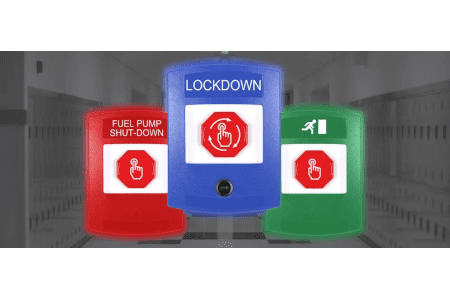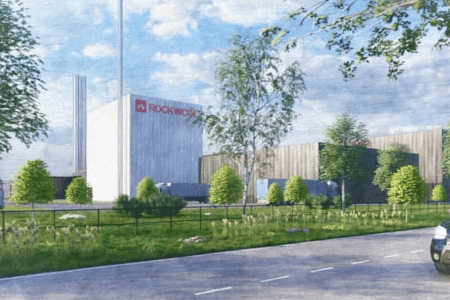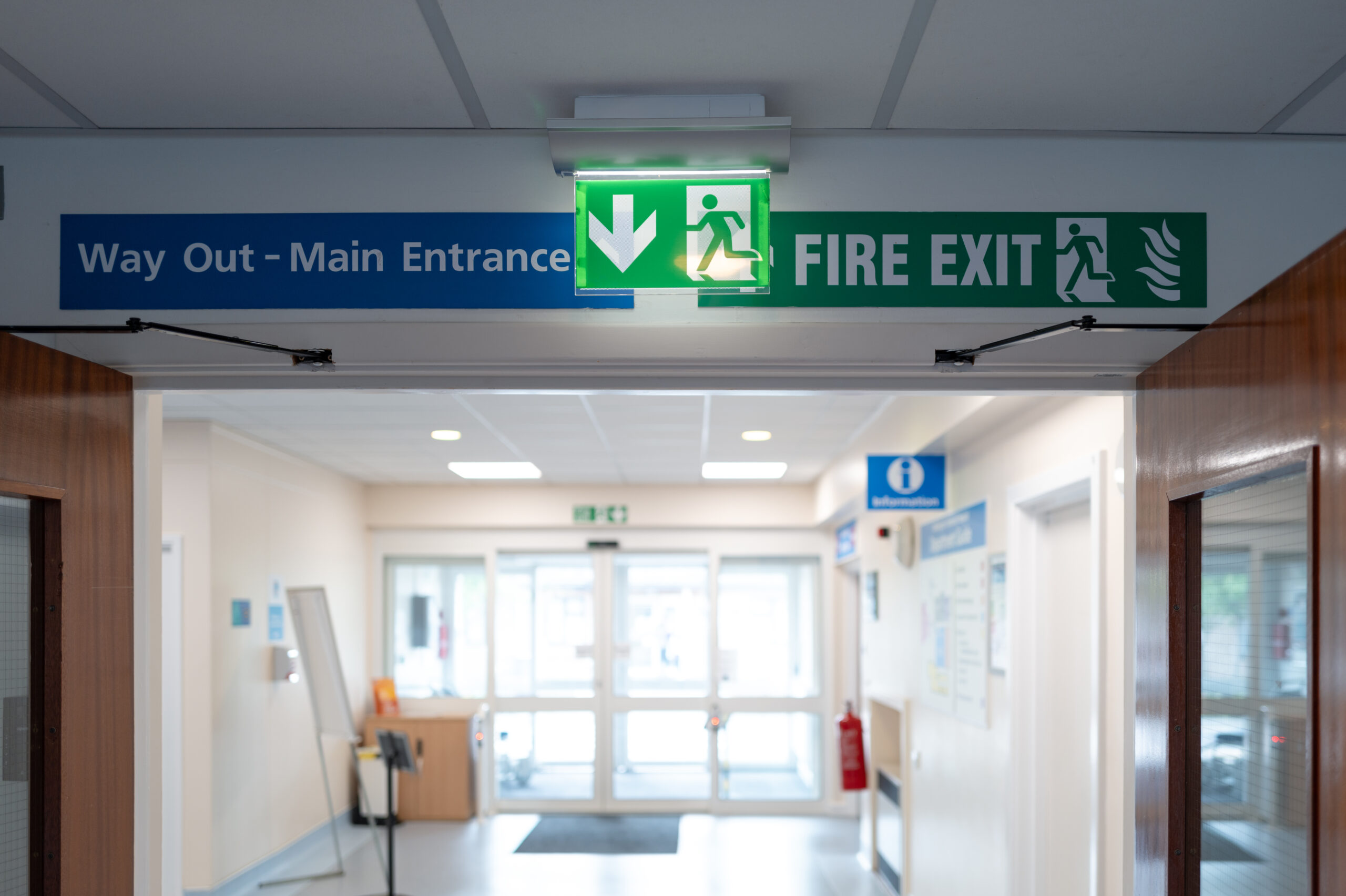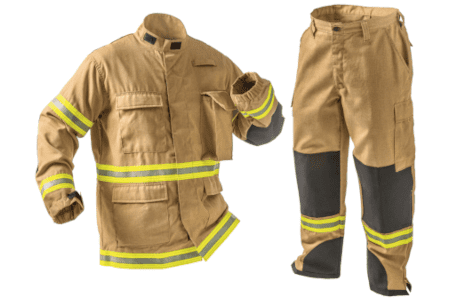It’s a rather foreboding outlook. The map used by all fire-fighting agencies to show ”above normal” bushfire risk covers a vast swathe of NSW from Queensland to Victoria.
Unlike last year, it encompasses an extensive area of more densely populated coastal regions – including Sydney.
The Bushfire Co-operative Research Council map and associated report says, in NSW, above average rainfall for much of the preceding three years is likely to continue the trend of heavy grass fuel loads to the west of the Great Dividing Range, the tablelands and the upper Hunter.
Over much of the forested areas of NSW, below average rainfall since July has resulted in a drying trend in forest fuels.
Gary Morgan, chief executive of the Bushfire CRC, said: ”One thing people still need to understand is normal still means fires in Australia because every year we have fires right across every state and territory.
”The aim of this is not to frighten people but to have people and agencies informed so that when fires do occur they are ready.”
NSW is yet to reach mid-spring and already there have been seven days of total fire bans.
Thursday brought 60 fires across the state with a total fire ban in 15 out of 21 fire regions and the fire risk designated ”extreme”. Temperatures on Sunday are expected to hit 34 degrees in Sydney.
The response to the fires when they start is ultimately in the hands of Rural Fire Service Commissioner Shane Fitzsimmons.
It will be him you see talking to TV cameras in front of blackened country. He will mobilise staff and volunteers and give approval for the use of waterbombing aircraft.
The commissioner told Fairfax Media there had been a big shift down in predicted rainfall by the Bureau of Meteorology for the next three months in what was an already ”very dry landscape”.
The dry start has affected the amount of preventative burning to reduce fuel levels that can be conducted without the risk of fires getting out of control.
”In the last five years to six years, we have gone from an average completion rate of hazard reduction from about 50 per cent or less to about 80 per cent of the annual program … but there is still more that needs to be done,” Commissioner Fitzsimmons said.
”We have got a better fleet profile than ever before, we have got technological advancements that are assisting firefighters and of course we have got the men and women on the ground that are better trained and better equipped than ever before, and numbers have grown in the past 12 months from 70,000 to 72,00 volunteers,” he said.
”We are expecting some pretty bad weather again on Sunday … in the Hunter, central coast and likely to include Sydney. We are certainly looking at this stage of probably severe fire danger ratings.”








